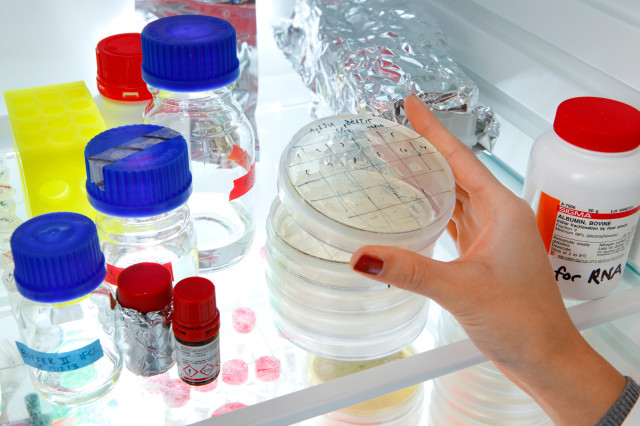BB2440 Bioinformatics and Biostatistics 7.0 credits
This course has been discontinued.
Last planned examination: Spring 2024
Decision to discontinue this course:
No information inserted
Information per course offering
Course offerings are missing for current or upcoming semesters.
Course syllabus as PDF
Please note: all information from the Course syllabus is available on this page in an accessible format.
Course syllabus BB2440 (Autumn 2016–)Content and learning outcomes
Course contents
Intended learning outcomes
This is an introductory course in bioinformatics and biostatistics. After passing the course, the student should:
- know the theory behind fundamental bioinformatics analysis methods.
- be familiar with widely used bioinformatics databases.
- know basic concepts of probability and statistics.
- be able to describe statistical methods and probability distributions relevant for molecular biology data.
- know the applications and limitations of different bioinformatics and statistical methods.
- be able to perform and interpret bioinformatics and statistical analyses with real molecular biology data.
Literature and preparations
Specific prerequisites
Admission requirements for programme students at KTH:
At least 150 credits from grades 1, 2 and 3 of which at least 100 credits from years 1 and 2, and bachelor's work must be completed. The 150 credits should include a minimum of 20 credits within the fields of Mathematics, Numerical Analysis and Computer Sciences, 5 of these must be within the fields of Numerical Analysis and Computer Sciences, 20 credits of Chemistry, possibly including courses in Chemical Measuring Techniques and 20 credits of Biotechnology or Molecular Biology.
Admission requirements for independent students:
A total of 20 university credits (hp) in Biotechnology or Molecular Biology. 20 credits of Chemistry, possibly including courses in Chemical Measuring Techniques and 20 credits within the fields of Mathematics, Numerical Analysis and Computer Sciences, 5 of these must be within the fields of Numerical Analysis and Computer Sciences, Documented proficiency in English corresponding to English B.
Equipment
Literature
Zvelebil and Baum, Understanding Bioinformatics (2007), Garland Science
Biostatistics: The Bare Essentials. G. R. Norman and D. L. Streiner. (B.C. Decker, 3rd edition)
Listan kan komma att ändras. Ändringar kommer att annonseras på kursens hemsida senast fyra veckor före kursstart.
Examination and completion
If the course is discontinued, students may request to be examined during the following two academic years.
Grading scale
Examination
- LAB1 - Laboratory Work, 2.0 credits, grading scale: P, F
- TEN1 - Written Examination, 5.0 credits, grading scale: A, B, C, D, E, FX, F
Based on recommendation from KTH’s coordinator for disabilities, the examiner will decide how to adapt an examination for students with documented disability.
The examiner may apply another examination format when re-examining individual students.
Other requirements for final grade
TEN1 – Written examination, 5.0 credits, grade scale: A, B, C, D, E, FX, F
LAB1 – Laboratory work, 2.0 credits, grade scale: P, F
Opportunity to complete the requirements via supplementary examination
Opportunity to raise an approved grade via renewed examination
Examiner
Ethical approach
- All members of a group are responsible for the group's work.
- In any assessment, every student shall honestly disclose any help received and sources used.
- In an oral assessment, every student shall be able to present and answer questions about the entire assignment and solution.
Further information
Course room in Canvas
Offered by
Main field of study
Education cycle
Add-on studies
Supplementary information
Överlappar med BB2441
The course will not be given from Fall 2017
Students are required to sign up at least two weeks in advance for examination.
The course is given provided at least seven students are admitted.